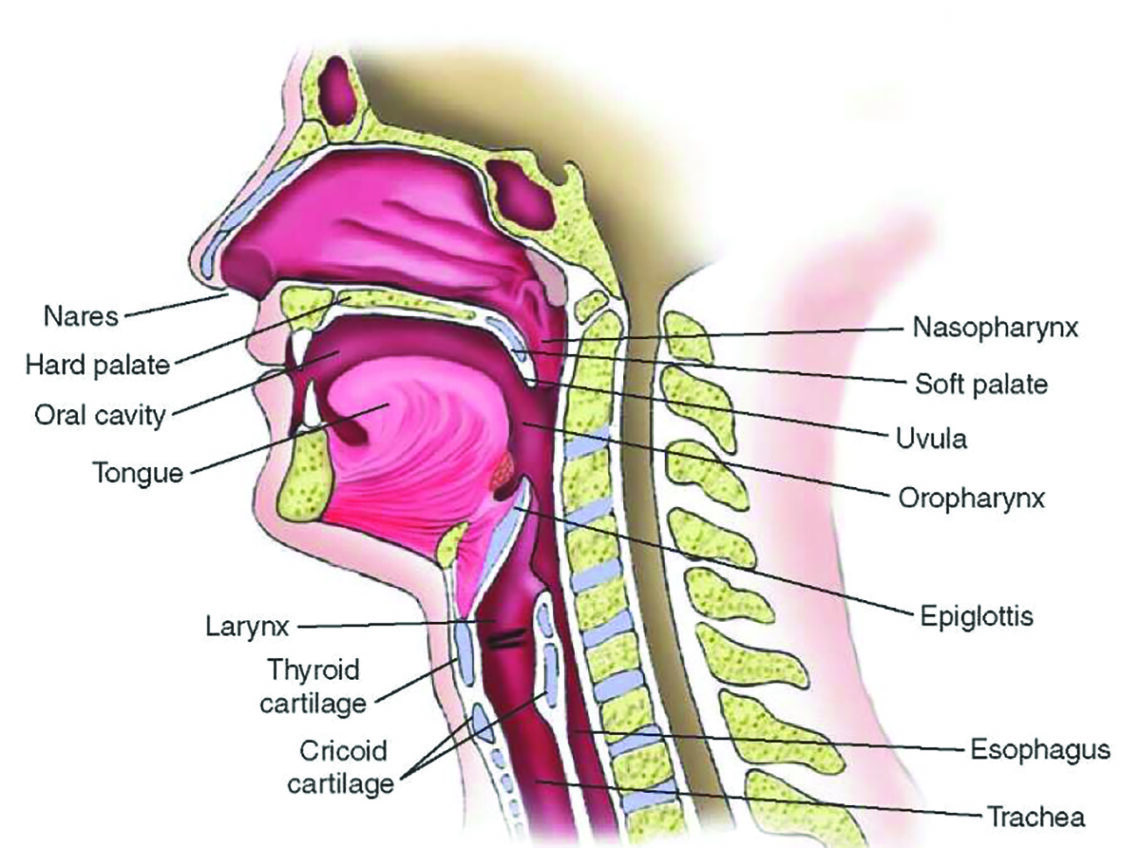Being able to communicate with the world around us is important.
When that ability is impaired, quality of life is greatly reduced. Speech-Language Pathologists, or SLPs, make a difference by helping individuals learn or re-gain the ability to communicate and swallow safely. Our speech pathologists work to prevent, evaluate, diagnose, and treat communication and swallowing disorders across the lifespan. Speech pathologists address the areas “from the neck up.”
 Swallowing
Swallowing
Illness or injury in adults can cause difficulty swallowing (called dysphagia). Difficulty swallowing may look like trouble chewing food well or swallowing food whole, coughing when eating or drinking, a wet sounding voice, or food or medications feeling caught in the throat. Fort HealthCare has adopted the International Dysphagia Diet standards as a guide for eating with dysphagia.
Voice
A voice disorder (called dysphonia) can result from illness, or from injury to the voice box (also called the larynx). It can also happen if an individual overuses or abuses his/her voice. Examples include not drinking enough water, smoking, shouting, or extended use of the voice.
Language
A language disorder that can occur after a stroke or other brain injury is called aphasia. It may impact the following areas:
- Understanding spoken language (also called receptive language), which includes skills such as answering questions, following directions, and understanding conversation
- Producing words (also called expressive language), which includes saying words, producing sentences, and participating in conversation
- Understanding written words (also called reading comprehension), which is the ability to read and understand what you have read
- Writing (also called written expression), which is the ability to write words, phrases, and sentences, etc. to make a grocery list, fill out a check, send a text message, write an email, or complete other daily activities
Speech
Communication includes the way a message, or speech, is produced.
If a patient has dysarthria, his or her speech may sound slurred and imprecise, causing a listener to have difficulty understanding the message. This, and any communication impairment, may be frustrating for the individual trying to communicate a message.
Apraxia is a motor planning problem that occurs when the brain sends a message accurately but the message is disrupted along the way. A patient may be unable to complete the physical movements needed to produce a sound or word. There is nothing wrong with the muscles themselves; it’s the message being sent from the brain to the muscles that is being disrupted.
Dysfluency is also known as stuttering, and this can cause many interruptions in the smooth flow of speech.
Sometimes, an individual benefits from the use of technology to help him/her speak. This may be through the use of an application on an iPad or other Augmentative and Alternative Communication (AAC) devices.
Cognition
Difficulty with cognitive function can hinder a person’s ability to communicate effectively and live independently. Trouble remembering, focusing, solving problems, or organizing thoughts may be noticed, as well as needing more assistance from family and friends for daily activities.
Pediatrics
Children and adolescents can have similar difficulties as adults when it comes to communication (receptive language, expressive language, reading comprehension, written expression), voice, swallowing, and stuttering. They may also struggle with being able to speak clearly. Treatment goals focus on age-appropriate skills.
We’re here for you
The team of speech pathologists at Fort HealthCare is eager to work with you and your loved ones to help you achieve your communication and swallowing goals! See your doctor for a referral.
